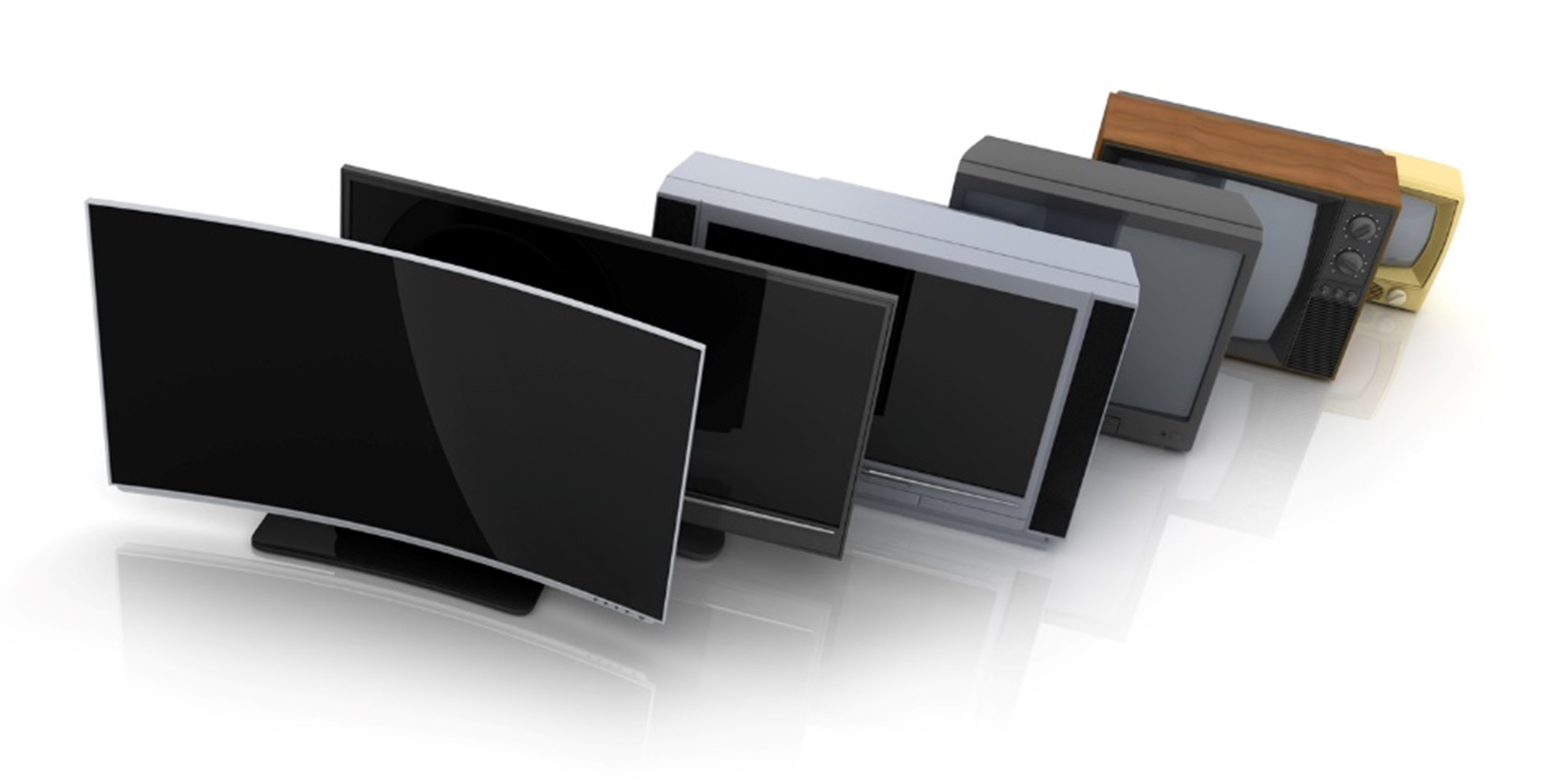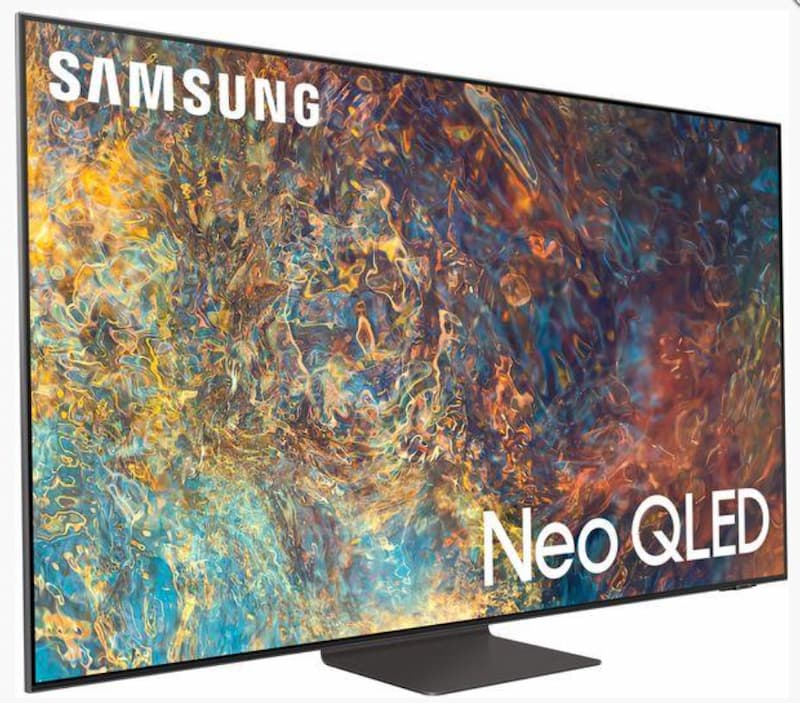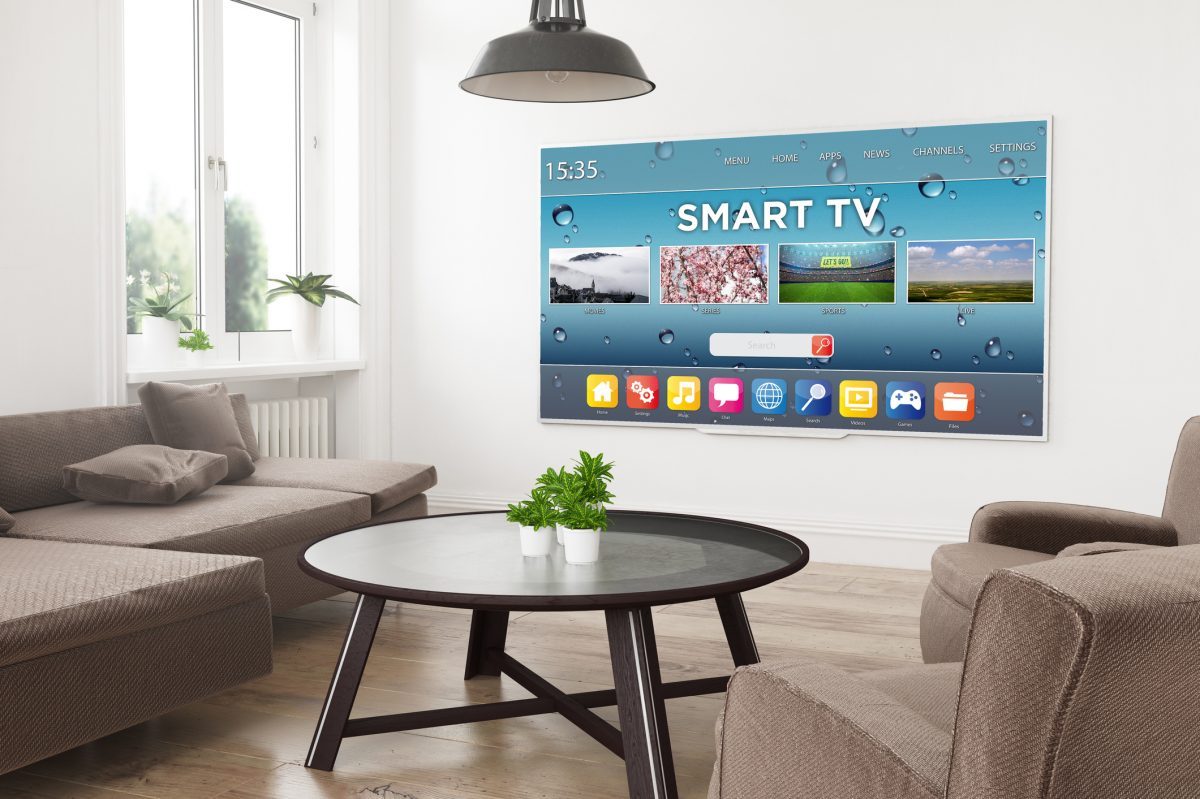“High Definition” appears to have become the new favourite home electronics buzzword of retailers and the general public alike. On demand internet streaming services are now making a big fuss about offering content in “high definition”, we are told we must re-buy Blu-Ray versions of old films we’ve seen a million times before because of how much better they look, and should upgrade our satellite packages to include fancy new “high definition” channels that are showing pretty much exactly the same programs as their non-high definition cousins. But what is high definition, and is it really worth it?
“High Definition” (often abbreviated to “High-Def” or just “HD”) is a name given to TV screens and monitors that can display a picture above a certain resolution. A screen’s resolution is simply how many pixels, or coloured dots, it can display in a set area at any one time, with the higher a resolution resulting in a cleaner, crisper picture. Simple eh? Not quite. At present to be classed as a “high definition” screen, the device only needs to display 720 pixels along the screen’s vertical axis (known as “720p”) whereas other HD screens display up to 1080 pixels (1080p). The greater pixel density means 1080p screens can produce a clearer, crisper picture than 720p screens, but still both types are labelled as HD. This means when buying Samsung LCD TVs or LG LCD TVs that claim to be HD, it is important to make sure you know what you are getting. That is not to say that a 720p screen will not be significantly crisper than your old TV, but it won’t be as nice as a 1080p screen, and so should be priced accordingly.
There are other factors can affect the quality of your picture such as the quality of your broadcaster’s signal and the wiring or connectors used to transport that signal around your house, but we will cover those topics in a later blog.







